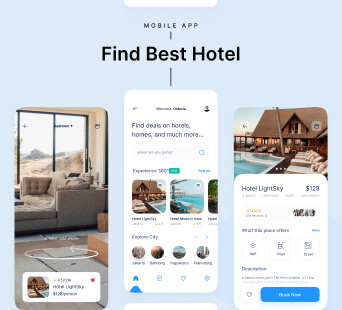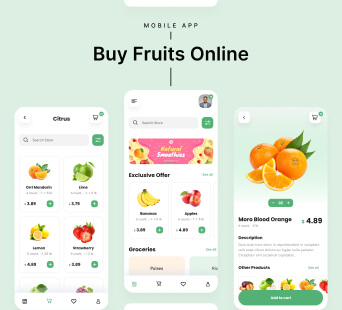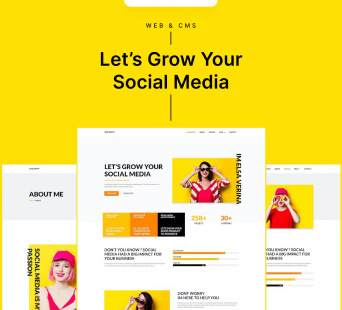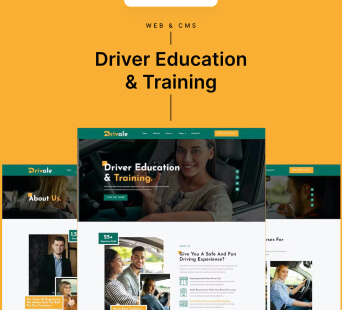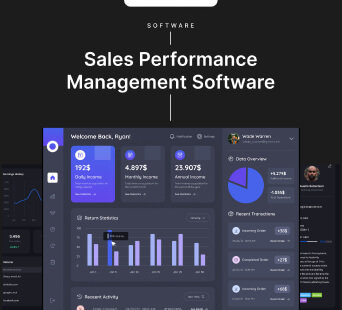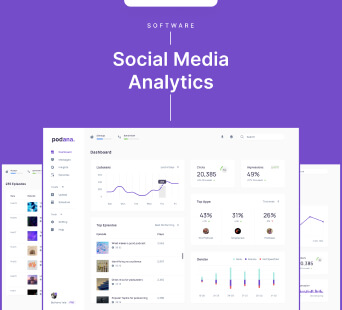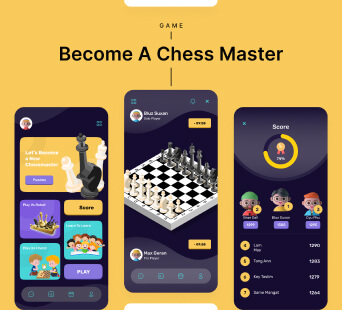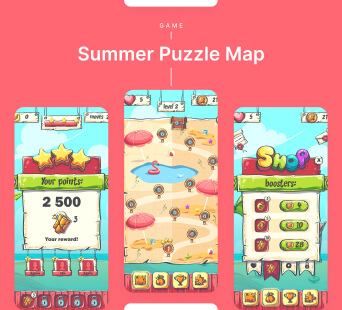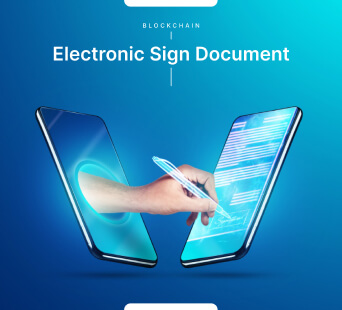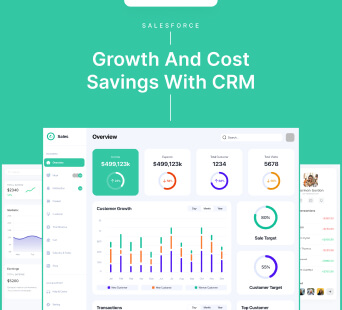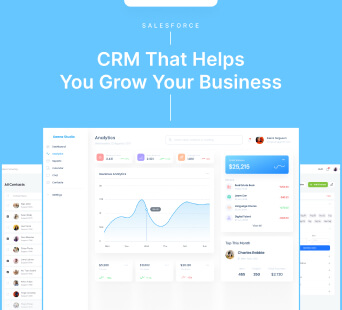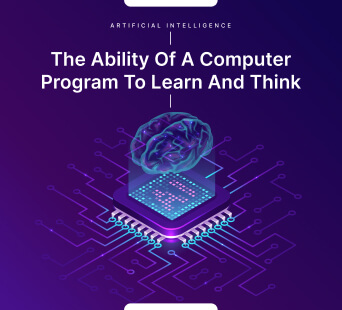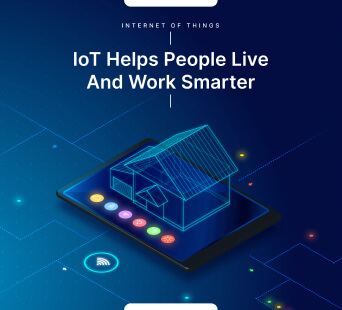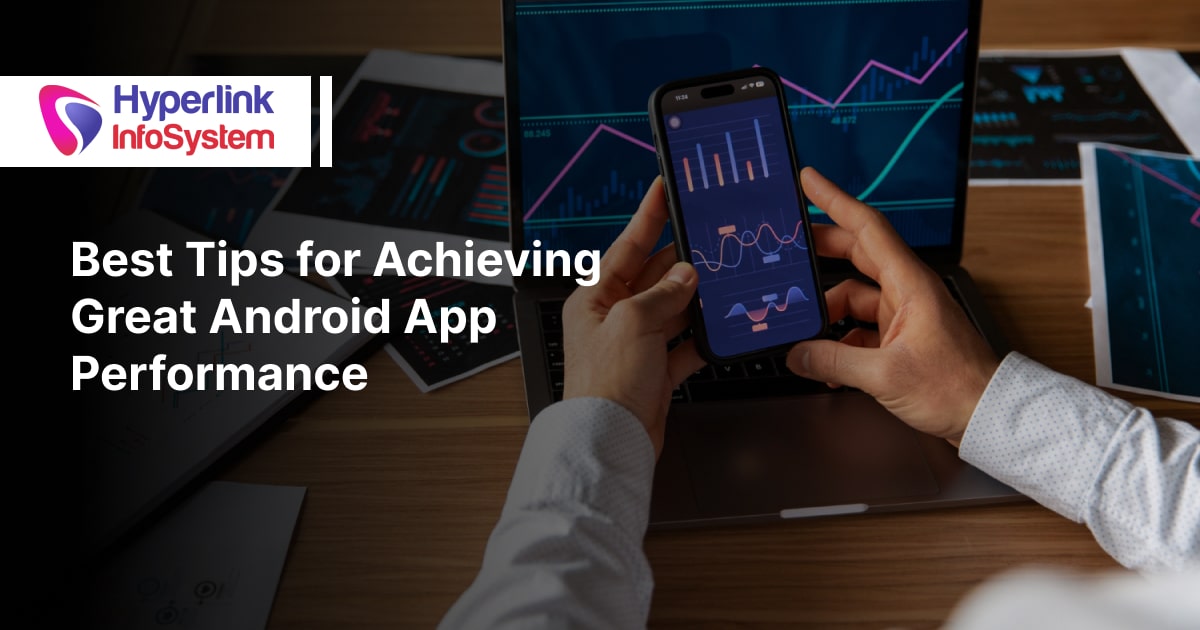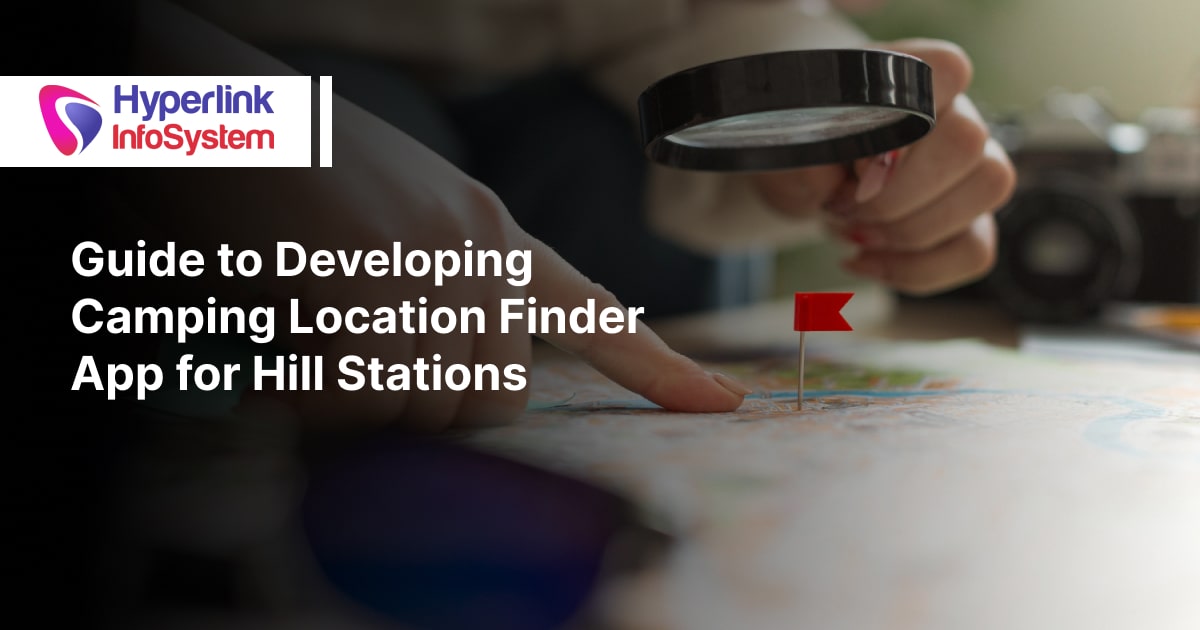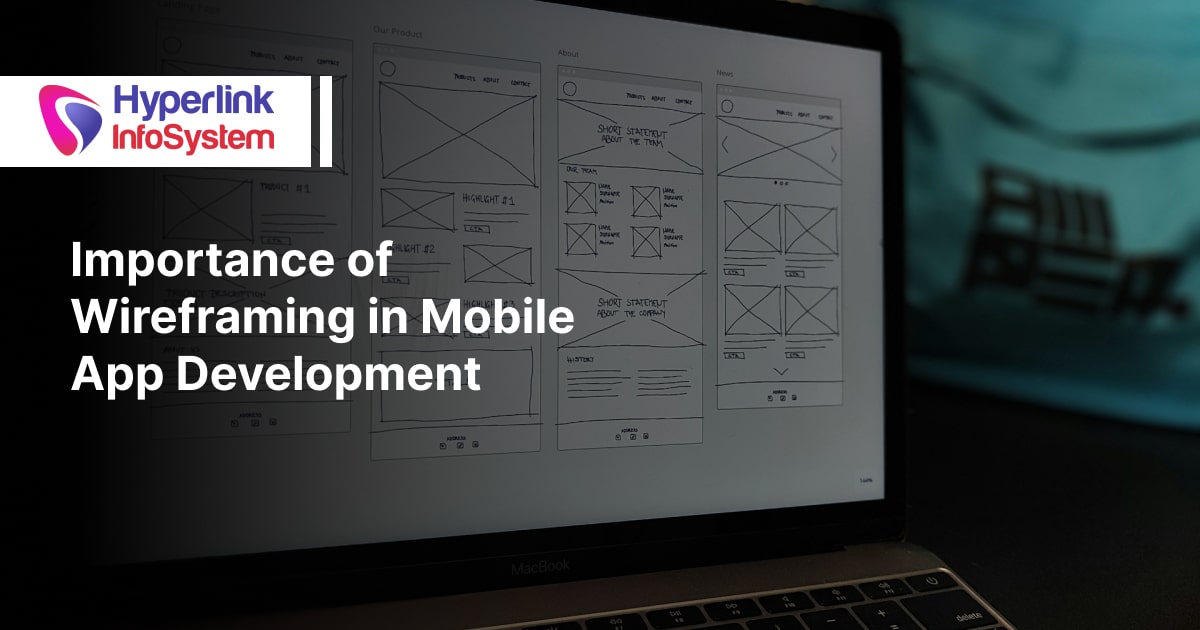Regardless of the language in which they have been written, programs are compiled into machine code (binary code), the only language capable of interpreting hardware, which is specific for each type of processor. Furthermore, due to the complexity of current systems, programs cannot communicate directly with the machine and must do so through the libraries provided by operating systems. Taking these two factors into account, the resulting software can only be run on certain machines.
Portability is the characteristic that software has to run on different platforms; the source code of the software can be reused instead of creating a new code when the software passes from one platform to another. The greater the portability, the less the dependence of the software on the platform. The ability of the software to be moved from one environment to another. The environment can include organizational, hardware, or software environments. Hyperlink InfoSystem can help you with your mobile app porting.
At first glance, apps look the same for most mobile operating systems. But despite all the similarities, they differ considerably in terms of operation and details. For the most part, the operating concept and screen design can be adapted. Technically, the apps differ greatly. The programming languages and APIs differ so much that one cannot speak of a simple porting. Rather, there are two separate projects, each with a comparable effort.
Not least because of the success of the iPad, other manufacturers followed suit with tablets. Most of them are equipped with Android. So, it is a great idea to offer customers and interested parties app not only for smartphones, but also for their tablets.
Changes to be made:
- Screen resolutions
- Icons and graphics
- Dashboard and tabs action bar
- OS-specific app
Features Of Mobile App Portability:
- Adaptability: It is how the software adapts to different specific environments (hardware or operating systems) without implying adverse reactions to the change. This includes internal capacity scalability (Example: areas on the screen, tables, transaction volumes, report formats, etc.).
- Ease Of Installation: The ease of the software to be installed in a specific environment or by the end-user.
- Co-existence: The software's ability to co-exist with one or more other software, the way to share common resources with another software or device.
- Replaceability: The software's ability to be replaced by other software of the same type and for the same purpose. For example, the replaceability of a new version is essential for the user, the property of migrating the data to other software from a different provider.
- Compliance: The ability of the software to meet standards related to portability.
What We Do At Hyperlink InfoSystem
App Design
We carry out a usability study for the design and development of your mobile application so that the user experience is much more practical and intuitive. UX (User Experience) + UI (User Interface) Design.
App Development
We have a team of experts in Native and Hybrid development, using languages such as swift, Kotlin, PhoneGap, Ionic, Xamarin, and so on to give mobile applications the best performance in their different variants such as iOS and Android.
App Update
After the development and production of your app, new needs may arise that are accompanied by your company's growth. We are always available to implement the necessary updates.
App Maintenance
If you have a successful app, periodic maintenance is necessary to debug that data saturation that takes away mobile devices' performance.
Tailor-made Apps
Through a rigorous analysis of your company's needs, we develop tools in your mobile application to save time and money in all processes.
Mobile Technologies
The worldwide demand for applications is mainly oriented to the development of mobile applications on iOS and Android.
Native Applications
The most robust and comprehensive technology in mobile applications is the native app since it offers excellent performance on mobile devices. Whether it is on iOS or Android, natively developed apps perform excellently well because they communicate directly with the device's hardware.
Hybrid Apps
In this case, the application is oriented to the web but has internal native code fractions that allow direct communication and interaction with the device's hardware to have absolute control. It is an inexpensive version of the native application since its development is more practical.
PWA – Progressive Web Applications
This technology is similar to hybrid technology, where development costs are optimized because code can be reused for multiple platforms such as iOS and Android, which considerably reduces time by building a graphical environment very much in line with the device's operating system.
Web Apps
These apps are developed for heterogeneous systems and are a handy solution for reducing costs in a project since their development is oriented to the web, which avoids updates directly in the application stores but can be done directly in the server where it is hosted.
Some Benefits That Applications Can Give Us Are:
- Accessibility: Since apps focused on mobile devices, they give us the portability that they have in such a way that any client can access them at any time and place.
- Notifications: An application has the ability to notify the user about new updates, information changes or any other relevant event.
- Offline availability: Many functionalities can remain active even without an Internet connection, giving us the flexibility to use the application at any time.
- Usability: The application offers the advantage of being able to be developed according to the user's needs, giving them a better user experience in their interaction with it.
- Strengthening of the brand: The client is given greater proximity to the business, strengthening the bond between the client and the company.





